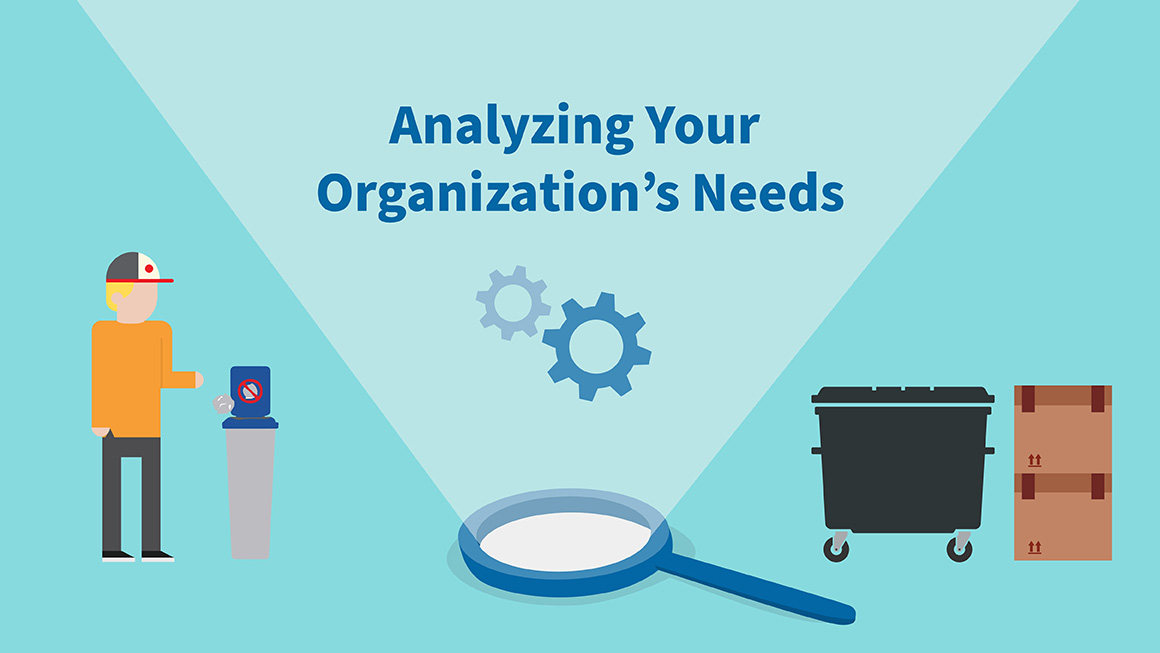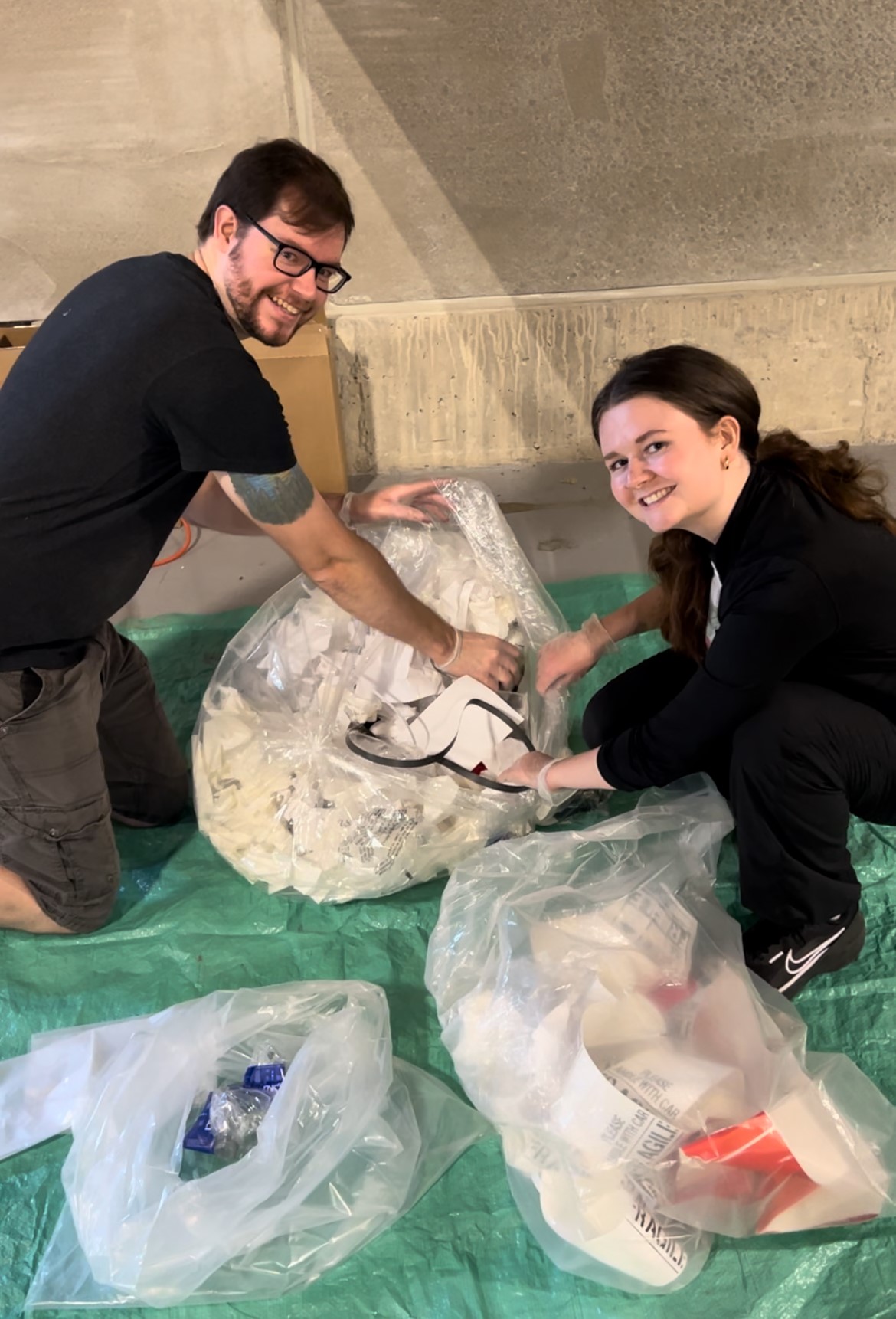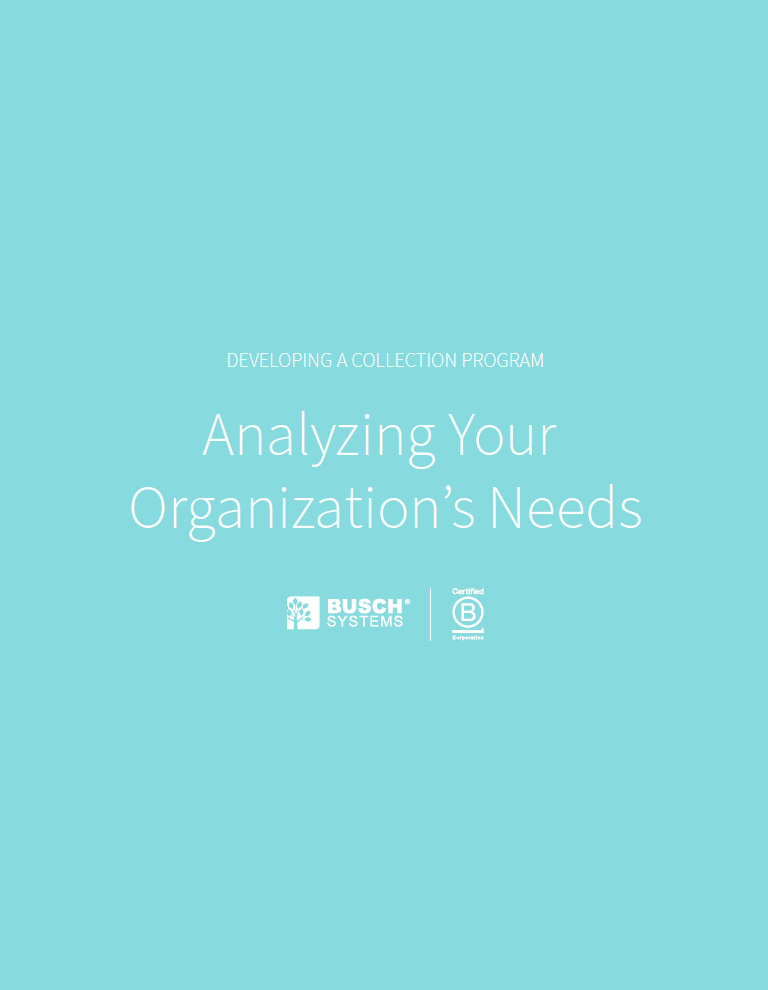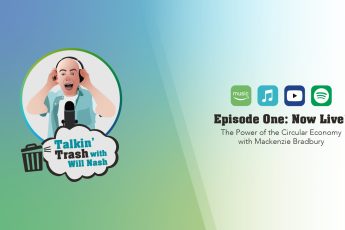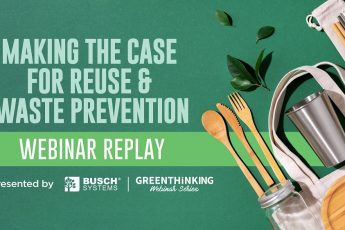Every organization has unique needs and challenges when it comes to managing waste effectively. Identifying and analyzing these needs is crucial for developing a successful waste diversion program. By understanding your organization’s specific requirements, you can tailor a program that not only meets regulatory standards but also enhances your organization’s operational efficiency and sustainability.
What is “Waste Diversion”?
Waste diversion simply refers to activities that redirect waste from disposal through methods such as recycling, composting, and reusing materials.
Recycling, specifically, plays a major role in any waste diversion strategy by keeping recyclable material out of landfills and keeping products and materials in use as long as possible.
Benefits of an Efficient Waste Diversion Program
How can a waste diversion program add value to your organization? An efficient waste diversion program has the potential to save on disposal fees and collection labor costs, which reduces operational spending while contributing to a more circular economy.
Other possible benefits include a more favorable public image, a more desirable office space that attracts environmentally conscious tenants and can retain top talent by creating a more positive workplace culture. An efficient waste diversion program is also an important component for those who are seeking green certifications, including seeking LEED® certification and TRUE Zero Waste certification.
Different for Everyone
Depending on your building type and goals, your program may be very different from the one across the street or even down the hall. No two buildings, facilities, or users are alike, so waste diversion programs can, and often do, vary greatly. Because of this, it is very important to analyze your own program needs ahead of time instead of modeling your program first and assessing needs second.
Engaging with Stakeholders
When designing a waste diversion program, it is important to first consider and engage with the different stakeholders that may impact or be impacted by its functionality:
- local waste hauler: discuss what materials can be collected in your area
- Leadership: get buy-in from leaders and decision makers within your organization
- Custodial and Contracted Staff: can provide invaluable insights into making a program practical and effective
Establishing a Baseline
To determine the capacity of your program, you will want to ask questions about the staff’s knowledge of current recycling and waste practices, such as:
- which materials can be recycled?
- how easy do they currently find it to recycle?
- what is their biggest challenge when trying to recycle at the office?
The answers may surprise you. Sometimes it’s a simple answer of not knowing which items go in each bin, while often it’s an accessibility issue (like struggling to find where the containers are located). Getting answers to these questions will let you know what challenges are ahead, and how to best tackle them when launching your program
Understanding What’s in the Waste Stream: Auditing
If you want to ensure your program is as efficient as possible or if you are planning to track and report your waste diversion progress, performing a waste audit is essential to quantify the amount and types of waste being generated. This baseline will help determine the proper size, type, and number of stations being deployed for the program. It can also inform on what signage is best by identifying commonly confused/missorted items and can show sources of waste that could potentially be eliminated through changing upstream procurement decisions.
Waste audits can be performed with different levels of sophistication depending on the size, goals, and resources of your program and organization. A high-level audit may include a visual inspection of the top of existing bins without sorting through the materials. A more involved method would include collecting all the materials in the existing bins for a specified period. The materials would then be sorted and counted to understand the proportion of collection by material type. Less formal audits can be completed with Green Team volunteers, while more sophisticated audits may involve hiring a third-party to conduct a more detailed analysis. Whatever method you choose, audits can provide a lot of valuable information that allows you to make the best decisions about your waste diversion programs.
To learn more about how to perform a waste audit, you can read our recent blog post here.
Usage Patterns
Understanding usage patterns around your office in a post-pandemic setting will greatly assist in designing an effective waste diversion program. After you’ve established a baseline of the materials collected, you can analyze usage patterns to help inform capacity needs and the type of program that is best for you. Consider:
- Hybrid and remote work arrangements create fluctuating workspace presence, leading to varied waste generation patterns that require more flexible collection solutions.
- Flex and unassigned workstations result in employees using different desks daily, which can cause inconsistent use of the waste and recycling bins.
- The pandemic-driven digital transformation has significantly reduced paper use, shifting the focus of recycling programs to other prevalent waste types like packaging materials.
- The rise in remote work and food delivery has increased to-go packaging waste. Ensuring your program provides appropriately labelled and accessible bins for disposing of this waste type can be important.
Workspaces and their associated needs are different for everyone! As you design your program, be sure to analyze the usage patterns that are most prevalent to your space. This is key for analyzing your organization’s needs for effective waste diversion.
Research your Location
The last thing you need is to purchase a bunch of bins without thoroughly investigating your recycling needs. There are countless locations where bins can be placed, but high- traffic areas (e.g., cafeteria/lunch room) or areas where people spend large amounts of time (e.g., at their desks) are the types of locations that deserve focused attention. Doing a bit of research on your location by examining user behavior patterns, foot traffic/flow, education, and needs, as well as examining floor space, will go a long way in ensuring you are setting up the right program, and sourcing the correct containers for your location.
There are plenty of options for both deskside containers and centralized collection stations (like the popular Waste Watcher Series, Aristata Series or Spectrum Series). If you aren’t sure which option is best for your locations, feel free to reach out to a Busch Systems Sustainability Advisor! Email them at: sustainability@buschsystems.com
Challenge of Convenience vs Practicality
One of the biggest challenges of recycling in an office setting is that of convenience vs. practicality. In a busy office, no one has time to sit around and figure out what material goes in which container. They are even less likely to go on a hunt to find the nearest container/collection point. The same could be said for public space recycling, only there, people are more prone to what we call the “lazy toss.” This means the first container they come across is where their refuse ends up, regardless of whether or not it belongs there.
If the waste audit shows lots of cross contamination consider how the bins are organized, if they are co-located, and what graphics/visual guidance you are providing on your bins. This will set you up for success while analyzing your organizations needs for effective waste diversion.
Set Your Organization up for Success
By analyzing your organization’s needs for effective waste diversion ahead of implementing a new collection program, you have a better chance of success. The planning and preparation stages of any recycling and waste program an instrumental step in your program’s success. The work in the early stages will pay dividends in the long term. If successful, your program should help divert your materials from landfill (saving you on waste disposal fees), reduce your carbon footprint, and raise your business’s social status (both internally and externally), while providing you with a sense of accomplishment on doing your part to protect the environment. Remember to remain realistic with your program. Starting by analyzing your current needs gives you a good framework, but continuously analyzing your program is almost more important. Evaluate the program that you’ve implemented and make sure that everything still makes sense. As your program evolves, keep track of the positive impact you’re having on your organization and on the planet!
Downloadable Resources
Click to view and download this PDF Guide to Analyzing Your Organization’s Needs for Effective Waste Diversion
